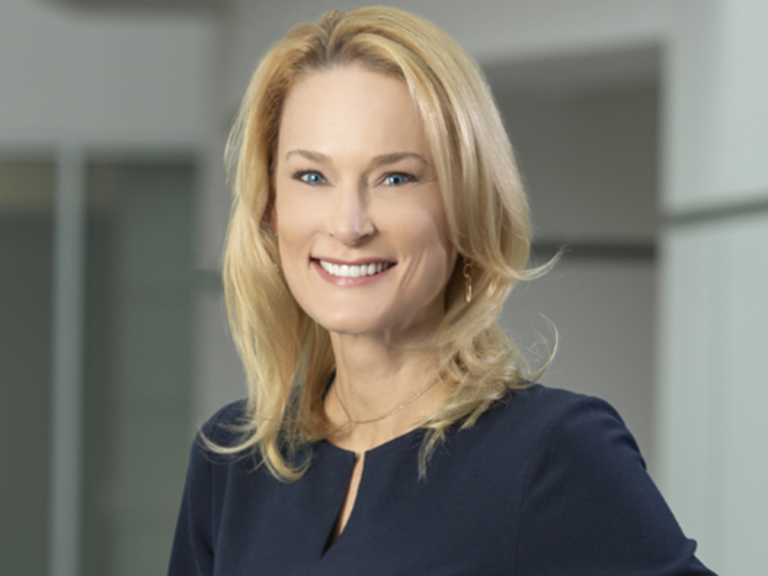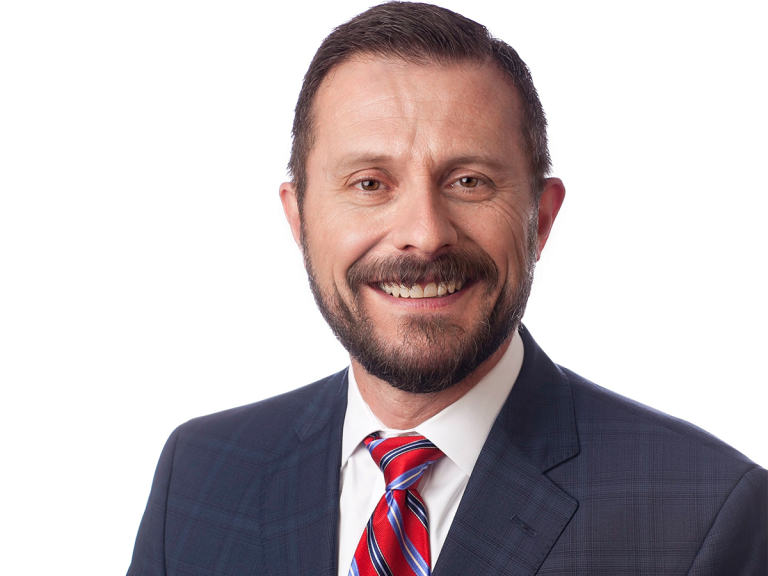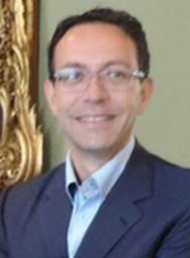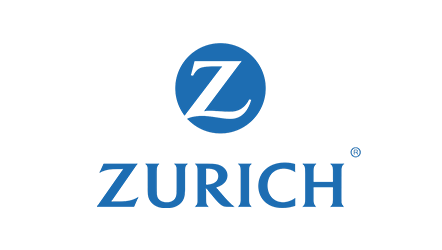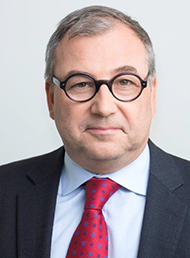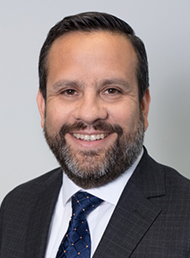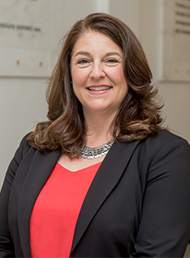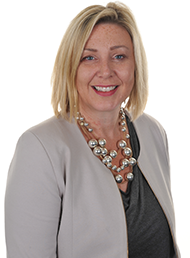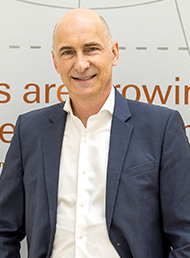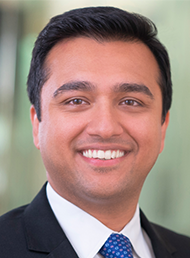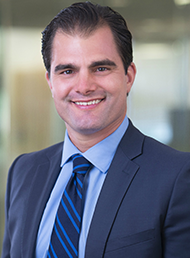- Enel Insurance tasked with contributing to group sustainability initiatives
- Captive focused on four pillars – finance, underwriting, governance and reporting
- Nervini says “the time is now” for more captives to sign the UN’s PSIs
- Read Aon and the UN’s white paper on Using a Captive to Drive Positive ESG Outcomes here.
Antonio Nervini, Head of Insurance in the Netherlands at Enel Insurance N.V., is hoping that other captives follow the Italian multinational’s lead in signing up to the United Nations’ Principles for Sustainable Insurance (PSI).
Speaking exclusively to Captive Intelligence in GCP #76, recorded in Luxembourg in November, Nervini explained why and how Enel Insurance had become the first captive signatory of the PSI.
The podcast discussion also featured Butch Bacani, programme leader for the UN’s Principles for Sustainable Insurance initiative, and Ciaran Healy, chief commercial officer for EMEA at Aon Global Risk Consulting.
Aon and the UN have published a white paper on Using a Captive Insurance Company to Drive Positive ESG Outcomes. Read it here.
Nervini said that the Netherlands-domiciled captive had previously been tasked with contributing to the wider group’s sustainability efforts and initially had struggled to understand or appreciate the role the captive could play.
“The first reaction [from the captive], was we can do nothing actually,” he said.
“We were pushed to take actions anyway and we started to figure out what we could really do for sustainability. There are actually many actions that can be done by a captive.”
Enel has a track record of embracing and investing in renewable and sustainable energy practices, including being the first to design and install smart meters in 2001, and the first private company in the renewable power sector to be listed on the Dow Jones Sustainability Index.
Enel Insurance pursued a sustainable framework for the captive based on four pillars – sustainable finance, underwriting and risk management, compliance and governance, and reporting.
Nervini paid special thanks to the Guernsey International Insurance Association (GIIA) for the publication of its ESG Framework for Insurers in 2021.
“It was extremely, and it is extremely, useful for captives to understand what to do,” he said.
Nervini said to have “real sustainable finance” completely embedded in the captive’s investment strategy was a big achievement and more sophisticated than a simple approach with a list of restrictions.
“Once we achieved the first step, we moved to underwriting and even in underwriting captives can do a lot,” he added. “We can help the group to achieve sustainable targets.”
These included having Sustainable Development Goals (SDG) embedded in international programmes, and the captive providing support to the group during the pandemic.
Nervini also emphasised the importance of reporting and said this is one of the most important areas to get right and develop in the future.
Subscribe to the Captive Intelligence newsletter to receive our FREE twice weekly updates with links to news, analysis and podcasts.
“Reporting means that you have to be taken accountable for what you do,” he said. “You have to measure your actions.
“It can be done for sustainable finance, but for the other pillars it’s quite difficult. So what I look forward to is to be rated by agencies in our performance as a sustainable captive.”
More broadly, Nervini explained that the captive becoming a signatory of the PSI earlier this year was simply the “finishing touch of a longer process of working on sustainability for the captive”.
He explained one of the motivations to become a signatory was to lead the way and he now hopes other captives will follow suit.
“We understood that it was time for us to step in and take the lead and try to advocate for sustainable insurance,” he said.
“It’s time for captives to join the PSI. It’s time to take action. So we would like to think that others will come soon. This is our main goal, to invite others to join us.”
You can listen to the full 25-minute discussion between Antonio Nervini, the UN’s Butch Bacani and Aon’s Ciaran Healy on the Captive Intelligence site here, or on any podcast app. Just search for the ‘Global Captive Podcast’.


